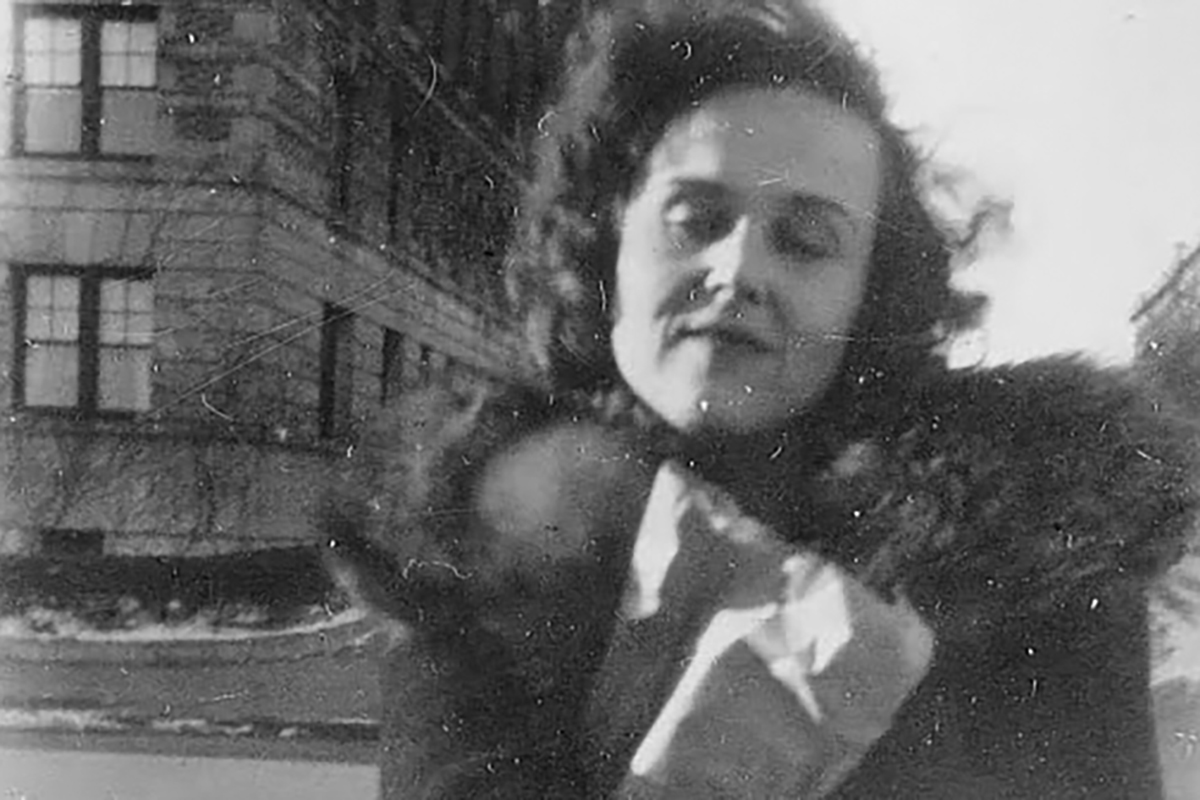Romsai the elephant wore a red rope around his neck to warn approaching humans that he was a danger to both them and elephants. A dark patch on his head from a temporin secretion indicated that he was in the musth cycle, which only heightened his aggression. His mahouts at the ElephantsWorld sanctuary in Kanchanaburi, Thailand observed that the old, blind elephant was growing more dangerous with age.
And yet, he is the personification of sweetness, as pianist Paul Barton serenades him with a performance of Beethoven’s Sonata Pathétique, repeating the melody section several times “as he seems to like it.”
In lieu of applause, Romsai places his trunk over the top of Barton’s upright piano again and again, in no way aggressive, more the gesture of a grateful audience member.
As Barton, a Yorkshireman who went to Thailand over twenty years ago for what he thought would be a short piano teaching stint only to wind up marrying a local artist and animal rights activist, said in an interview with YourStory:
All animals like music. Dogs, cats, etc. But elephants are the closest to human beings in the sense that they have the same neurons in the brains as us. Also they have a very good memory. If you are treated badly as a child, you are going to remember that all your life. It’s the same with elephants. The elephant shares that part of the brain with us which has flashbacks. They can never forget the terrible things they have seen and suffered… If you play classical music to an elephant, something soft and beautiful, something that human beings have been listening to for hundreds for hundreds of years, something that is timeless—and you play that to an elephant that is blind and they’ve never heard music before—the reaction is priceless. There is a special bond between you and the elephant. You are communicating with them in a different language. That language is neither ours nor theirs. There is something infinitesimally wonderful in a piece of Beethoven that connects me to that elephant and that feeling is otherworldly.
The impulse to play live concerts for Romsai and other blind sanctuary dwellers was partly born from seeing the positive effect music had on some blind children with whom Barton worked.
He also wanted to make amends for the deforestation of the elephant’s homeland, and the way the teak industry exploited their labor. It was while thus employed that many of them suffered scratched corneas and other eye injuries that blinded them, rendering them doubly vulnerable when the Thai government enacted a ban on commercial timber logging in 1989:
The elephant has worked for humans for too long. It was used in wars, it was used to deforest its own home. What is the little thing I can do as a human to say sorry, for my species for what we have done to them? I’ll carry this heavy thing myself and play some music for the elephant while it is having some breakfast.
Removed from the plush seats of a concert hall, Ravel feels right at home. A rooster crows, a nearby child pipes up, and Romsai wanders in and out of the frame, at times appearing to keep time with his trunk.
Cicadas underscore Schubert’s Serenade.
Another ElephantsWorld resident, Lam Duan’s (aka “Tree with Yellow Flowers”) stillness as she listens to Bach is reminiscent of Barton’s first musical outing with the elephants:
Elephants eat a lot of food. A lot. It is exhausting trying to procure that much food for so many elephants. When an elephant gets to eat, it’s a bit like a dog. A dog will eat its food so quickly because it’s not sure if it will ever eat again. And elephants are the same. Once they get their hands on some juicy leaves, they will eat and eat and nothing can tear them away from their food. That morning I brought the piano in early to the sanctuary. Pla-Ra was taken to a field full of juicy bamboo shoots and she began eating with a single minded dedication. I started to play Beethoven and she stopped eating. There was this half eaten bamboo shoot sticking out of her trunk while she stared at me. That was a reaction never seen before. An elephant stopped eating because of music.
Barton’s latest recording features 80-year-old Ampan, blind in one eye and near blind in the other, enjoying Debussy’s Clair de Lune.
Support Paul Barton’s Patreon here. Learn about volunteer opportunities or make a donation to ElephantsWorld here
via Laughing Squid
Related Content:
Stream 58 Hours of Free Classical Music Selected to Help You Study, Work, or Simply Relax
Watch Classical Music Get Perfectly Visualized as an Emotional Roller Coaster Ride
Ayun Halliday is an author, illustrator, theater maker and Chief Primatologist of the East Village Inky zine. Follow her @AyunHalliday.



